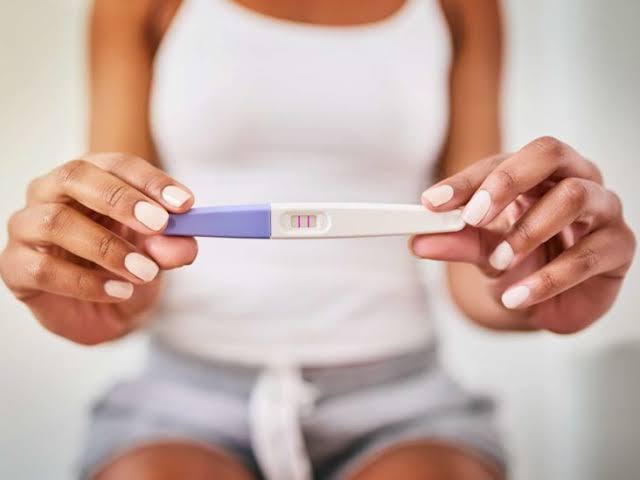Whether you are trying to conceive or want to avoid pregnancy while being sexually active, understanding a woman’s most fertile days in a month is important.
It is a misconception that a woman can get pregnant at any time during her cycle, as the lifespan of eggs and sperm is limited.
An egg can only be fertilized for about 24 hours post-release from the ovary, whereas sperm can survive for up to five days.
For pregnancy to occur, intercourse must take place during the five days before ovulation or on the day of ovulation.
However, the highest likelihood of conception lies in the three days leading up to and encompassing ovulation.
Once ovulation has occurred, usually within 12-24 hours, conception is no longer possible in that cycle as the egg is no longer in the fallopian tube.
Having intercourse before or after the fertile window drastically reduces the chances of pregnancy.
It is still recommended to use contraception to avoid any surprises if pregnancy is not desired.
The concept of the “fertile window” denotes the days in a woman’s menstrual cycle when the possibility of pregnancy exists, contingent on the cycle’s length.
This phase transpires around five days prior to the egg’s release from the ovary.
Ovulation transpires when a mature egg traverses the fallopian tube, poised for fertilization by sperm.
Timely tracking of one’s menstrual cycle can pinpoint fertile days, enhancing the likelihood of conception or aiding in avoiding intercourse during those fertile days to prevent pregnancy.
Utilizing tools like a menstrual calendar or period-tracking app can assist in recording the cycle and calculating its length for a better understanding.
Summary
The three days before ovulation and the day of ovulation stand out as the most fertile days for the majority of women in a month.

